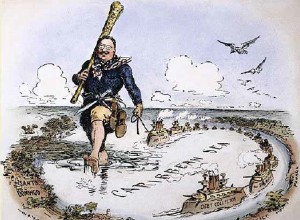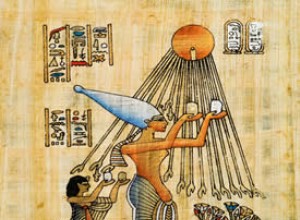Question 01 - ENEM 2011 - Movement of the Painted Faces. The movement represented in the image, from the early 1990s, snatched thousands of young people in Brazil. In this context, the youth, moved by a strong civic feeling, joined the opposition parties and organized the Diretas Já campaign. B) spo




